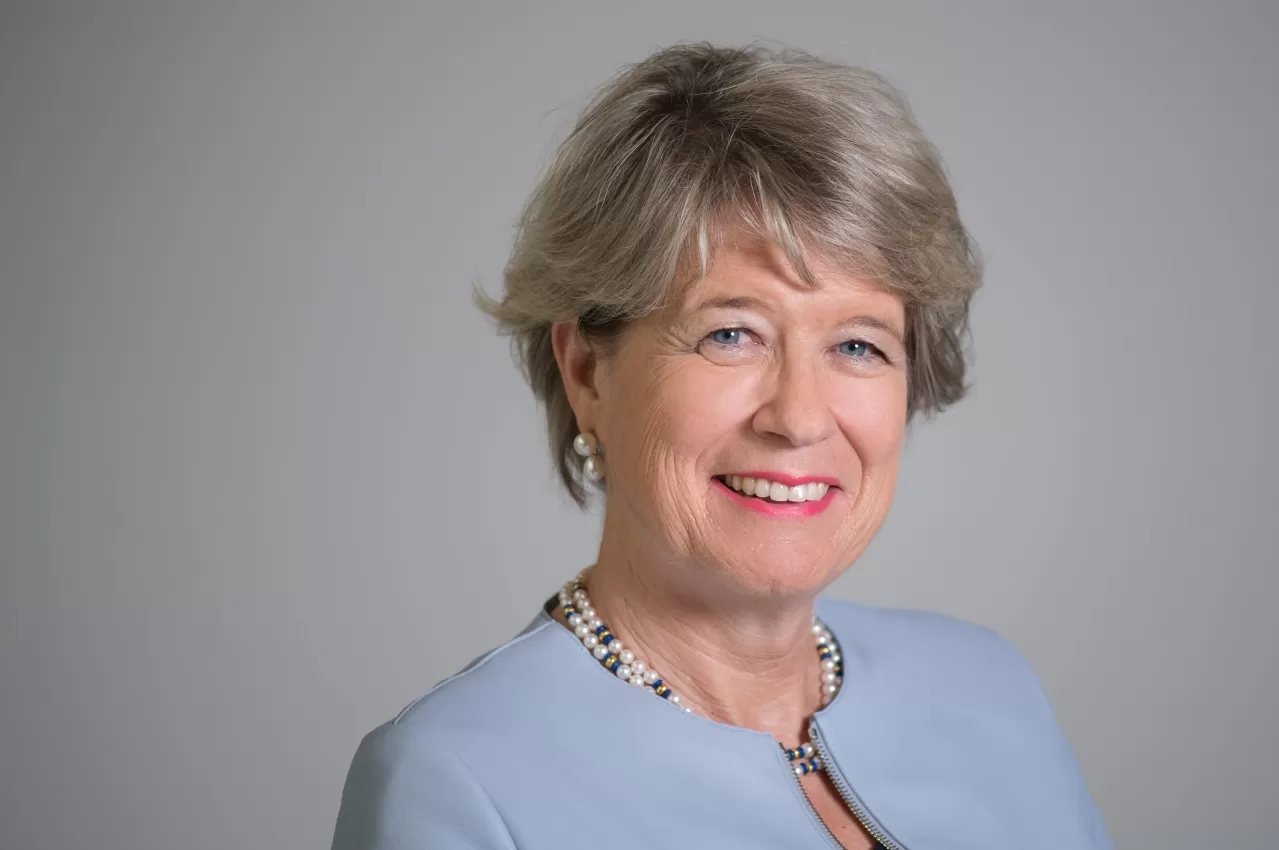
Annual general meeting in Bern – «Successful year for waste management»
«2014 was a successful year for the Swiss waste management programme», said the President of Nagra’s Board of Directors, Corina Eichenberger, in summarising the events of the last year at today’s annual general meeting of the Nagra Cooperative. As part of the regional participation process, planning studies for the surface facility were completed for all the siting regions. The extensive work carried out to provide input for the safety-based comparison of the siting regions represented a further cornerstone of the programme.
At today’s annual general meeting of Nagra (National Cooperative for the Disposal of Radioactive Waste), Corina Eichenberger, President of the Board of Directors, reviewed the eventful year: «2014 was a busy year for Nagra and a successful year for the waste management programme.» Between 2013 and the middle of 2014, planning studies for the location of the surface facility were prepared for all six siting regions. Eichenberger believes that this significant step forward was made possible by the constructive collaboration within the framework of the regional participation process and can be seen as a success for the ongoing site selection process.
On 30th December 2014, Nagra submitted the documentation containing the proposals for the siting regions to undergo further investigation in Stage 3 of the Sectoral Plan process to the Swiss Federal Office of Energy. «All six siting regions are suitable for constructing a deep geological repository. However, Jura Ost and Zürich Nordost best fulfil the safety requirements specified by the Federal Government: impermeable rock layers occur at an optimum depth in these two regions, they are tectonically stable on the long-term and there is sufficient space for construction at the planned depth», said Eichenberger in summarising the results of the safety-based comparison of the geological siting regions. Knowledge and data from decades of research work and extensive field investigations went into preparing the more than 200 reports supporting the proposals.
For Corina Eichenberger as President of Nagra, a broad social consensus on the safety of radioactive waste disposal is a decisive factor: «Safety has first priority in the search for repository sites. This gives me confidence that our generation is prepared to take responsibility for the safe disposal of the waste.»
Together with its international partner organisations, Nagra has been carrying out research on technologies for safe waste disposal at its underground research facility – the Grimsel Test Site – for 30 years. To mark this milestone anniversary, an impressive exhibition on underground research worldwide was set up in the laboratory. Partner organisations provide an insight into the research being carried out in their own underground laboratories in 16 large format posters.
The annual general meeting also approved the annual financial statement for 2014. This showed a turnover of 57.7 million CHF. After subtraction of income from services performed for third parties and various research contributions, an amount of 49.3 million CHF remained to be met by the members of the Cooperative.
According to Swiss nuclear energy legislation, the producers of radioactive waste are responsible for its safe management and disposal. In 1972, the nuclear power plant operators and the Federal Government set up the National Cooperative for the Disposal of Radioactive Waste (Nagra) to perform this task. Nagra, which has its headquarters in Wettingen (AG), is the national technical competence centre in the field of deep geological disposal of radioactive waste.
Out of a strong sense of responsibility for the long-term protection of man and the environment, 100 employees are involved daily in performing this important work. The high level of competence is secured by targeted research programmes in two Swiss underground rock laboratories and intensive international collaboration.